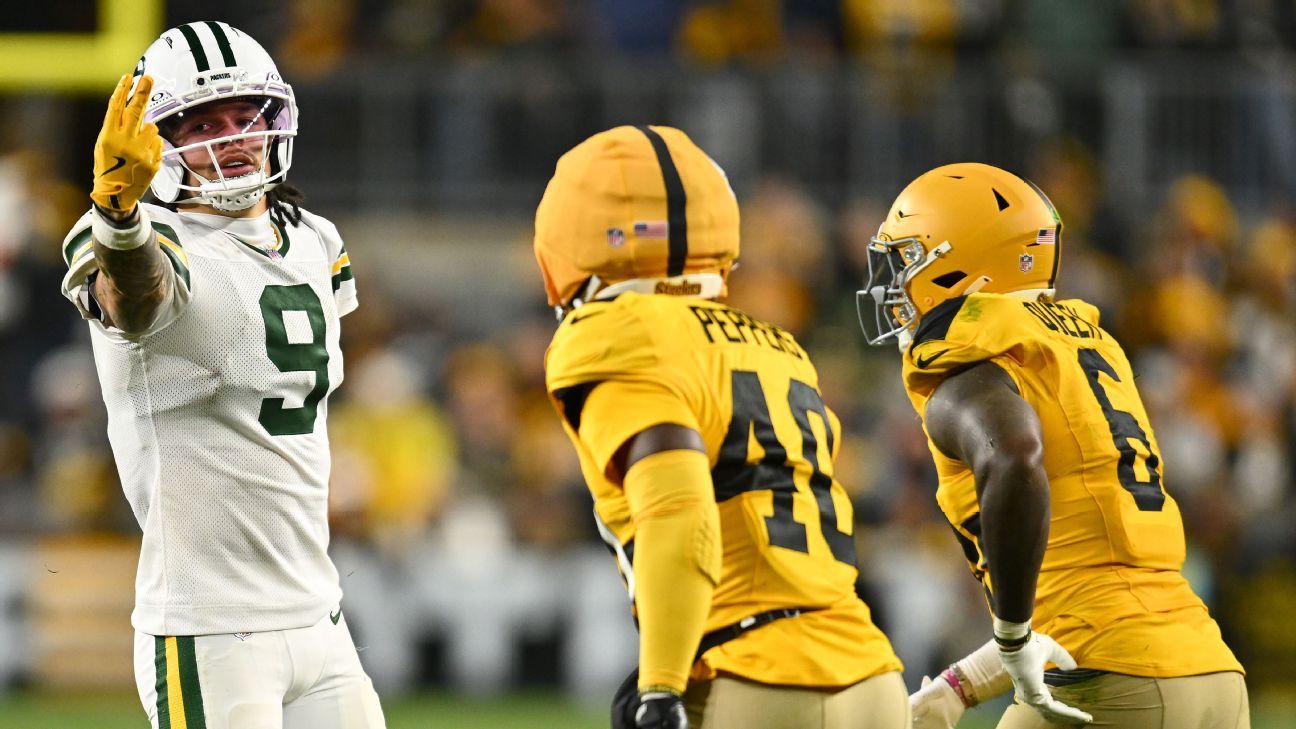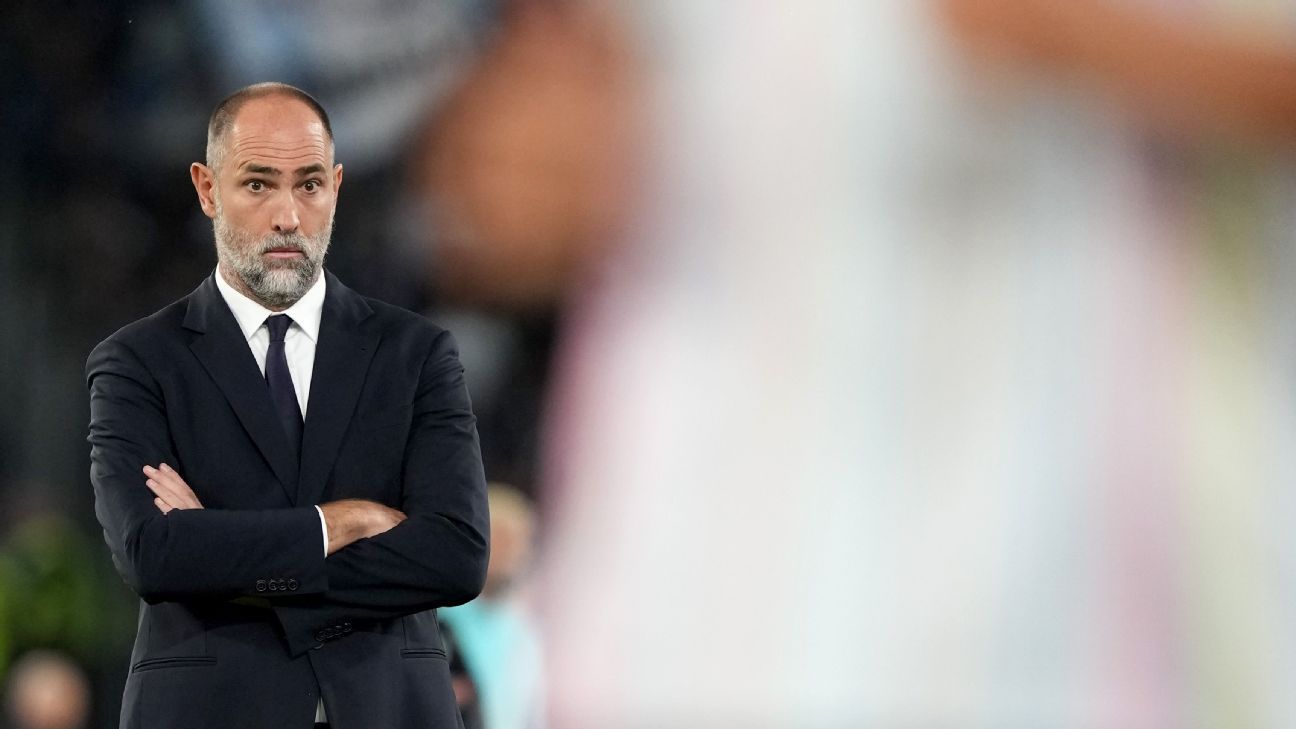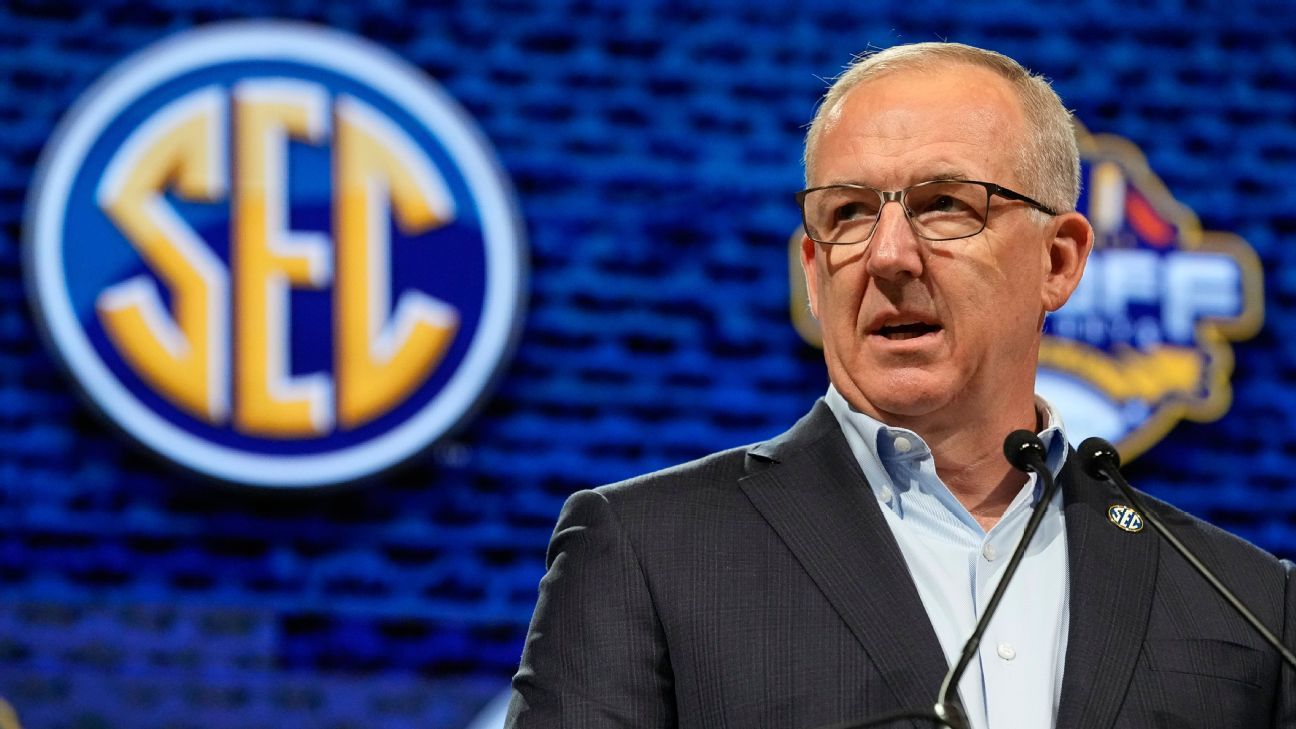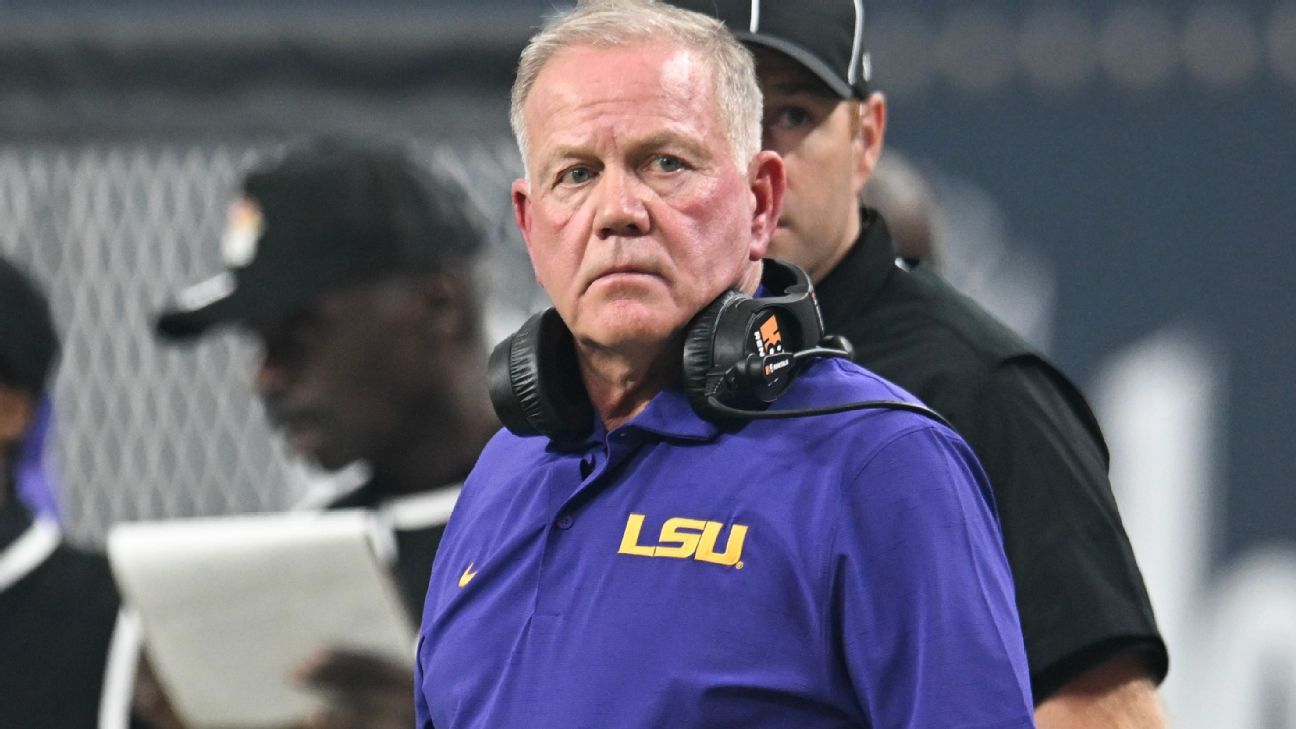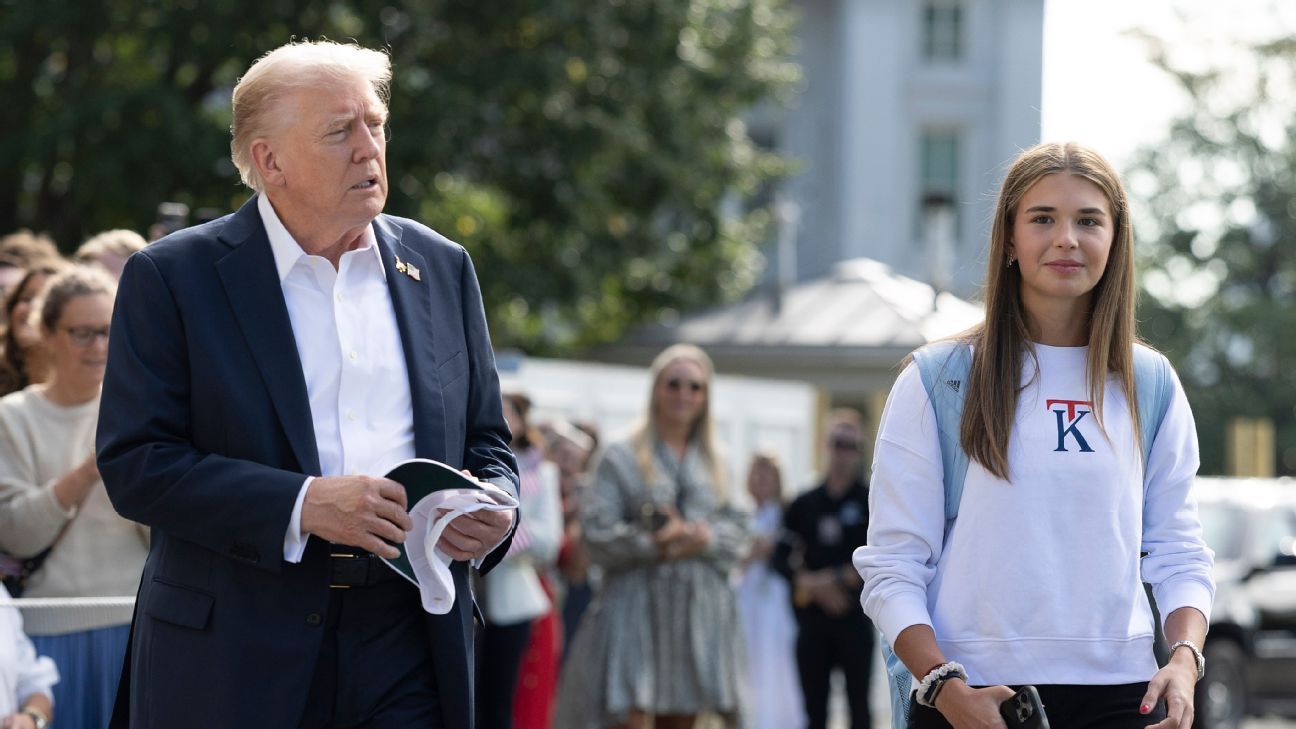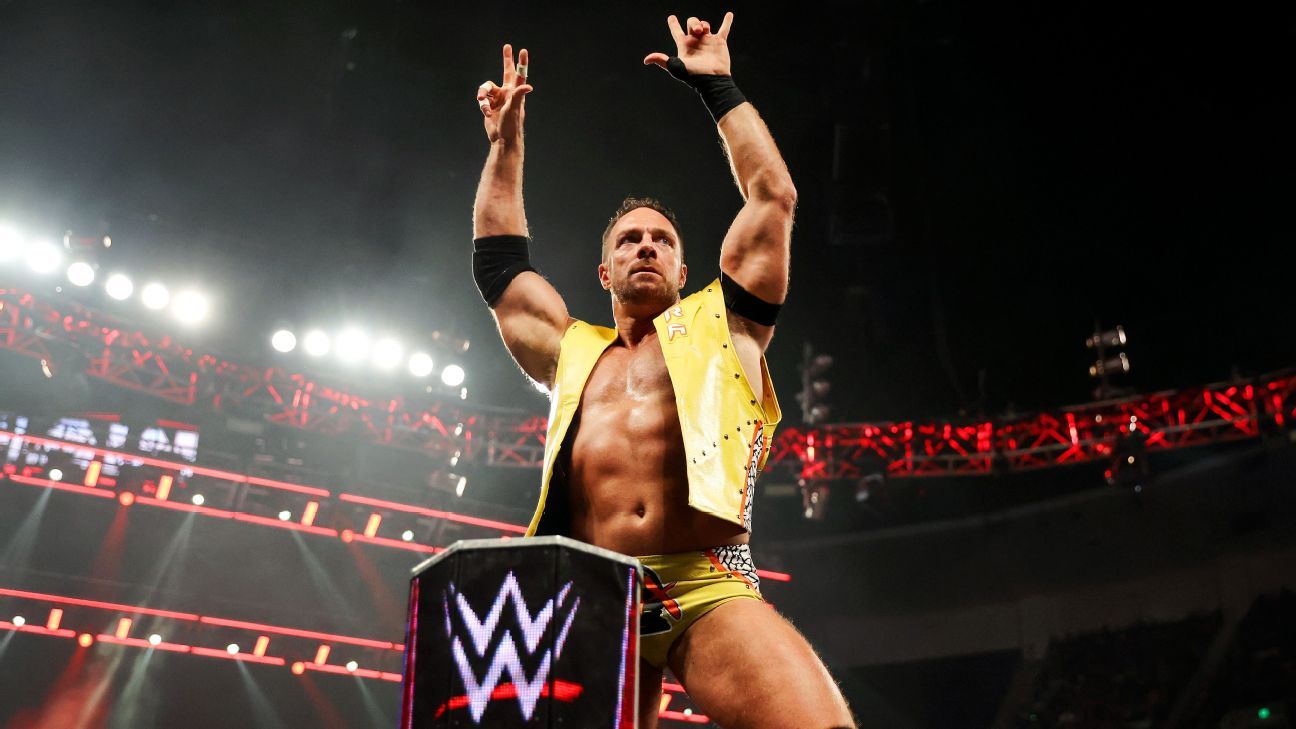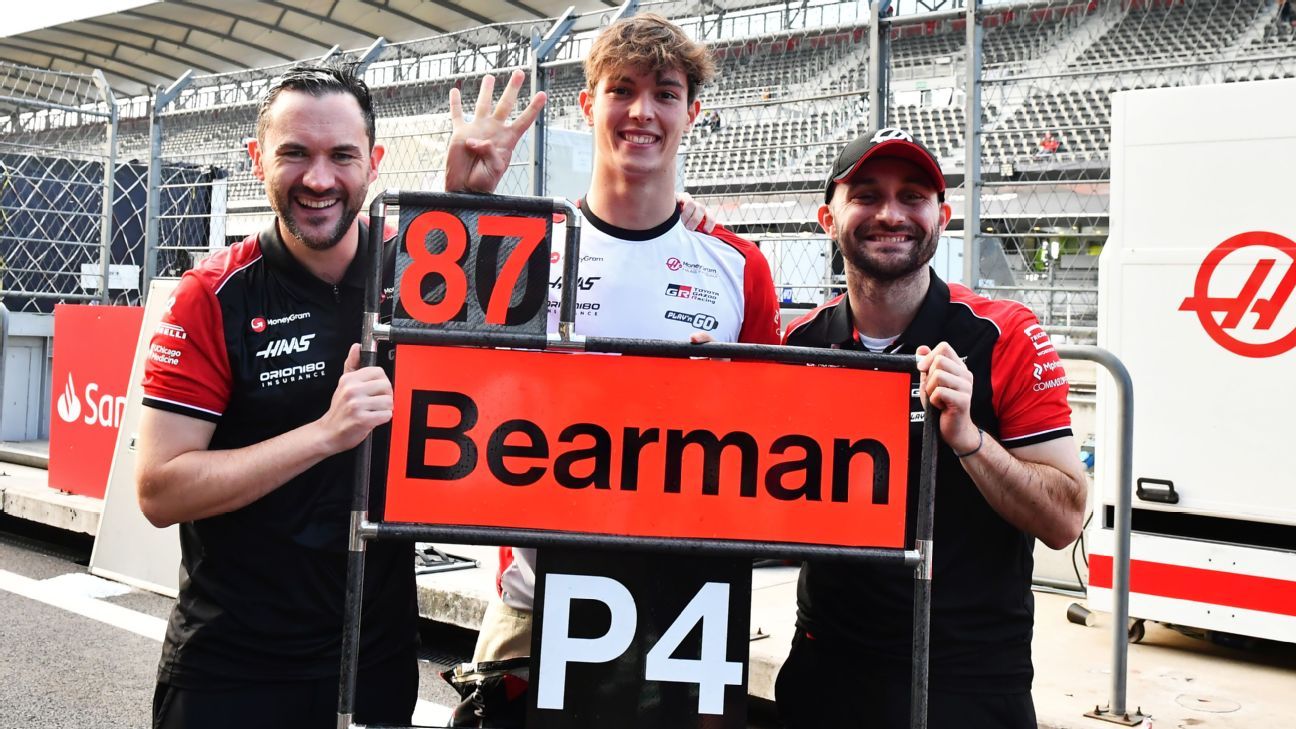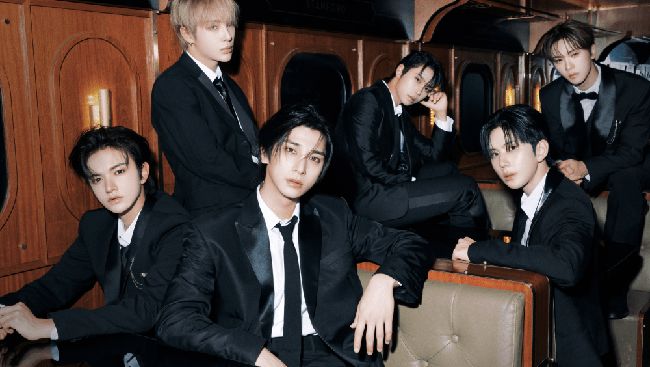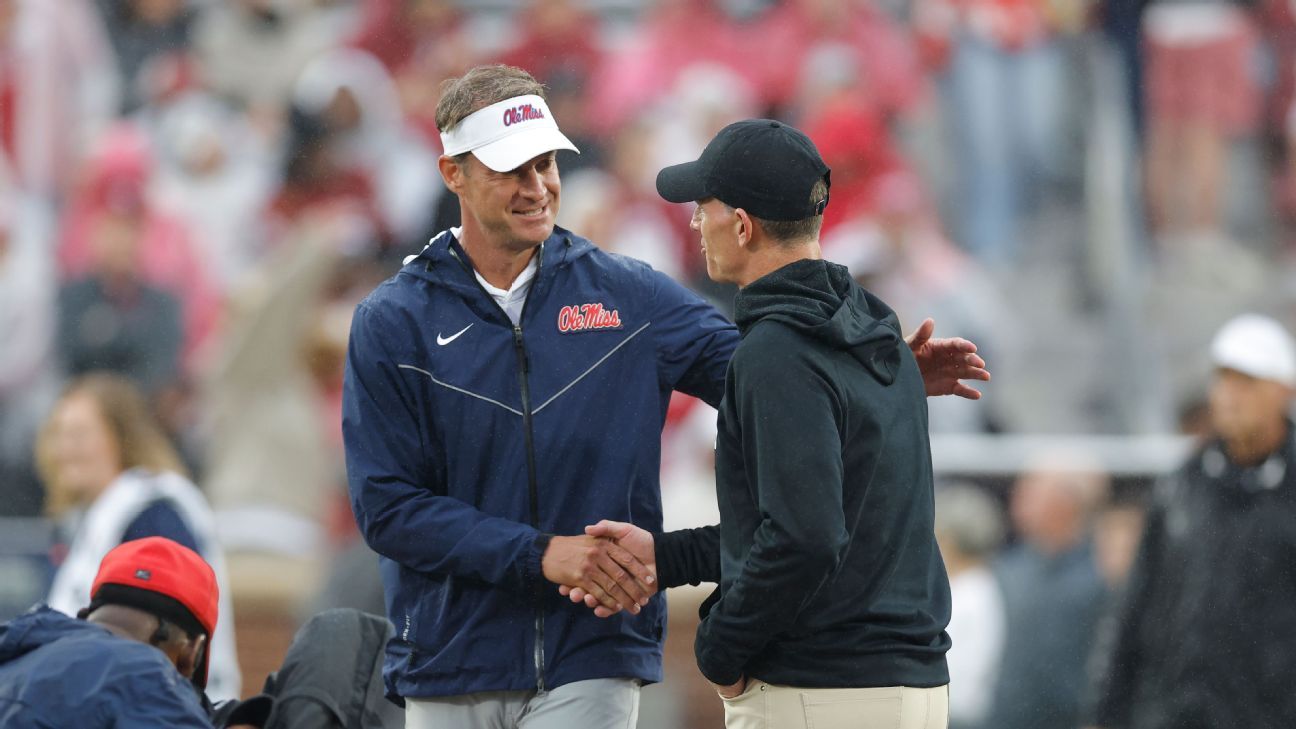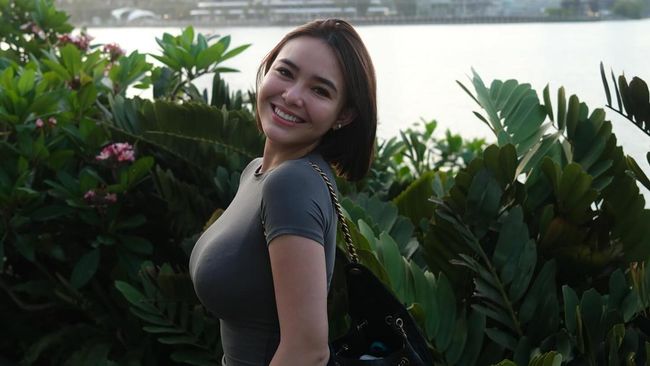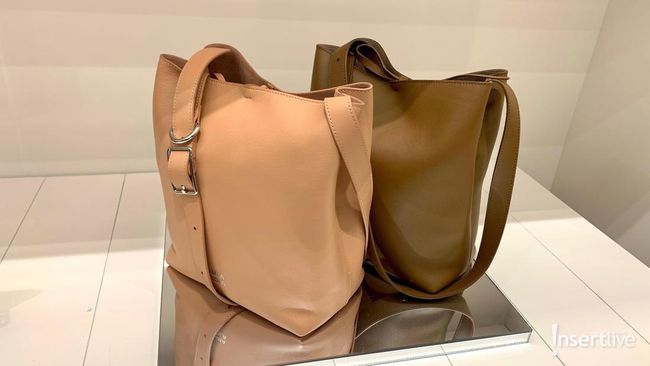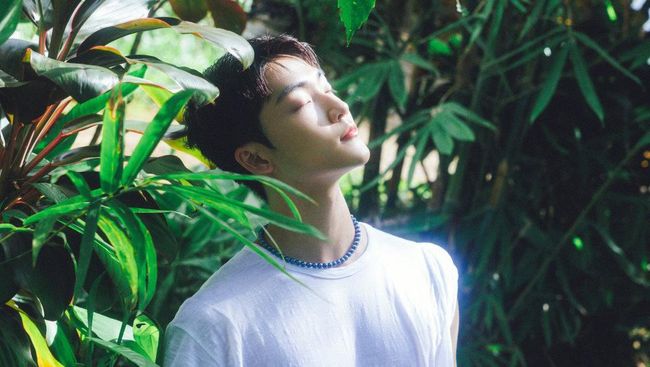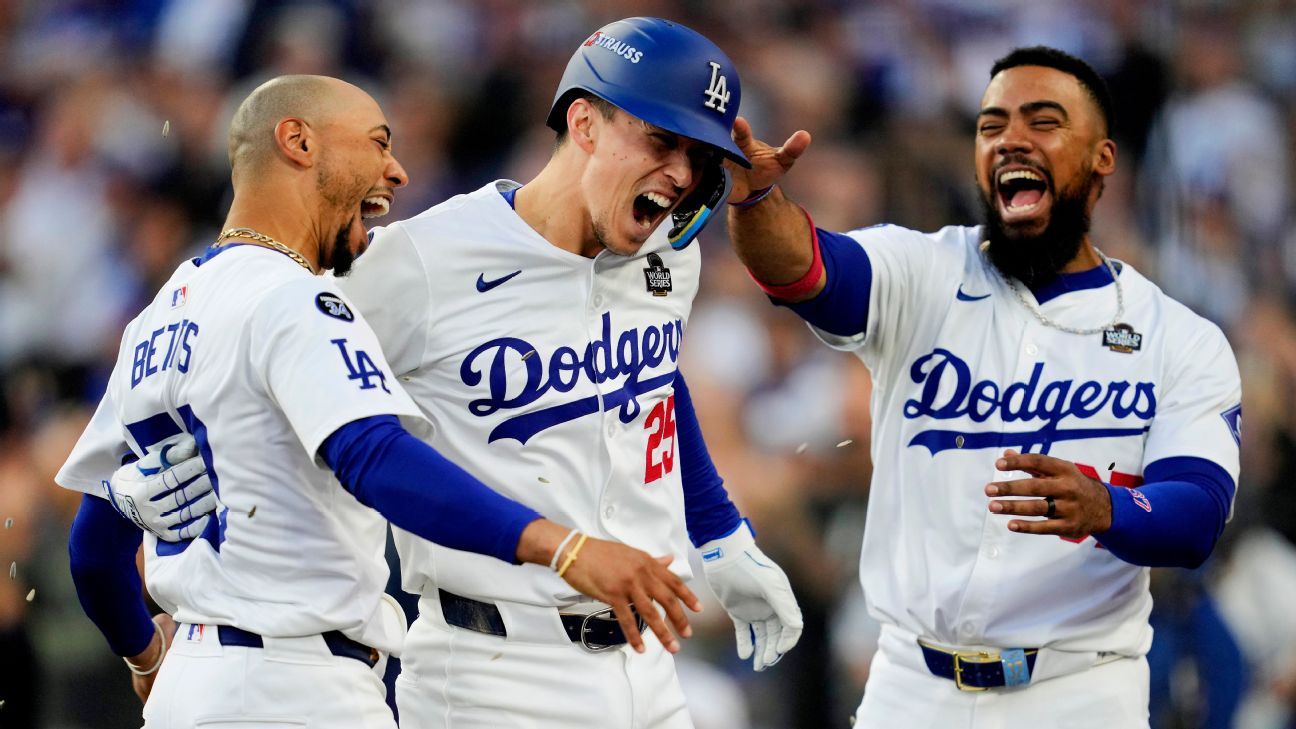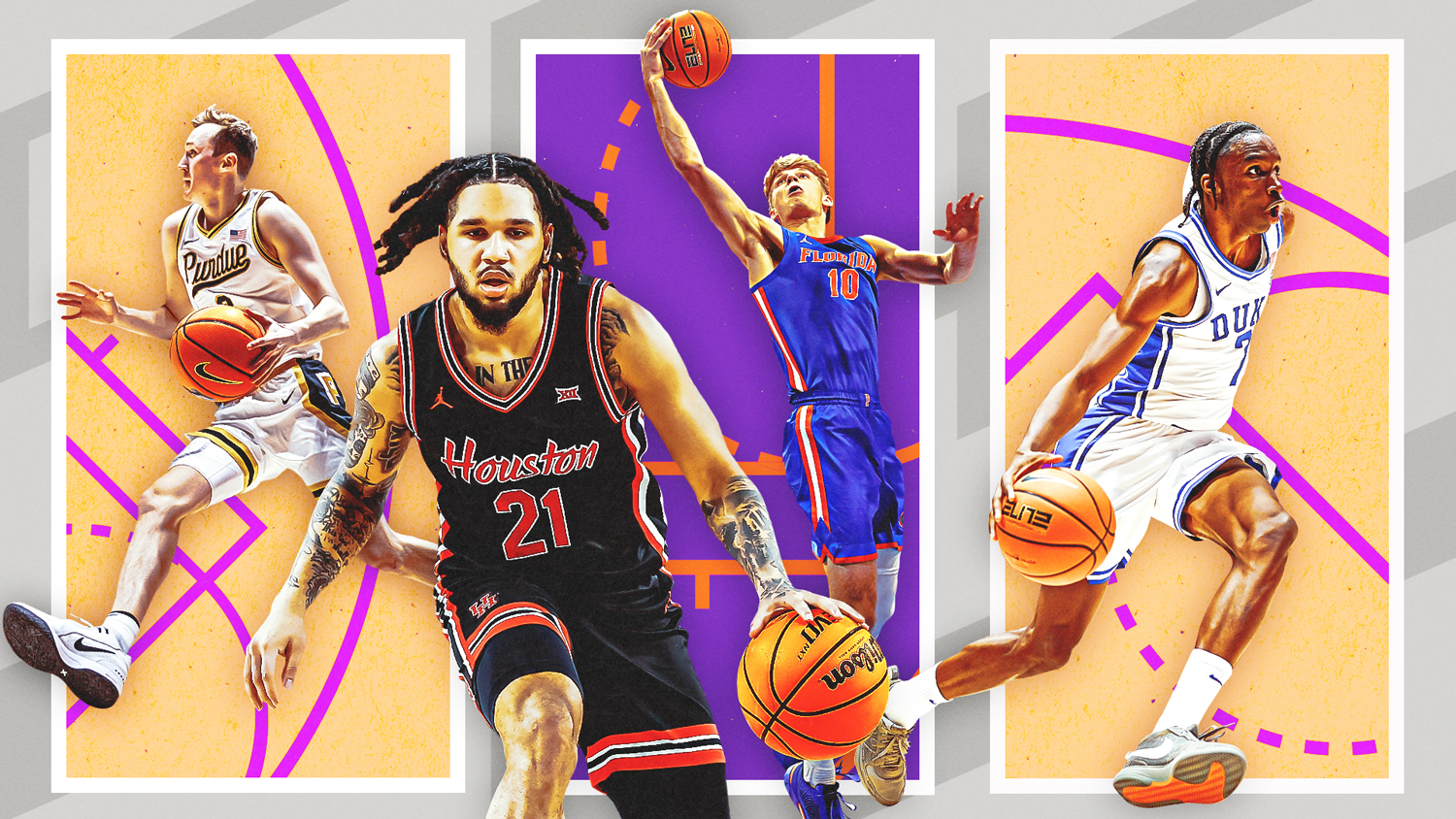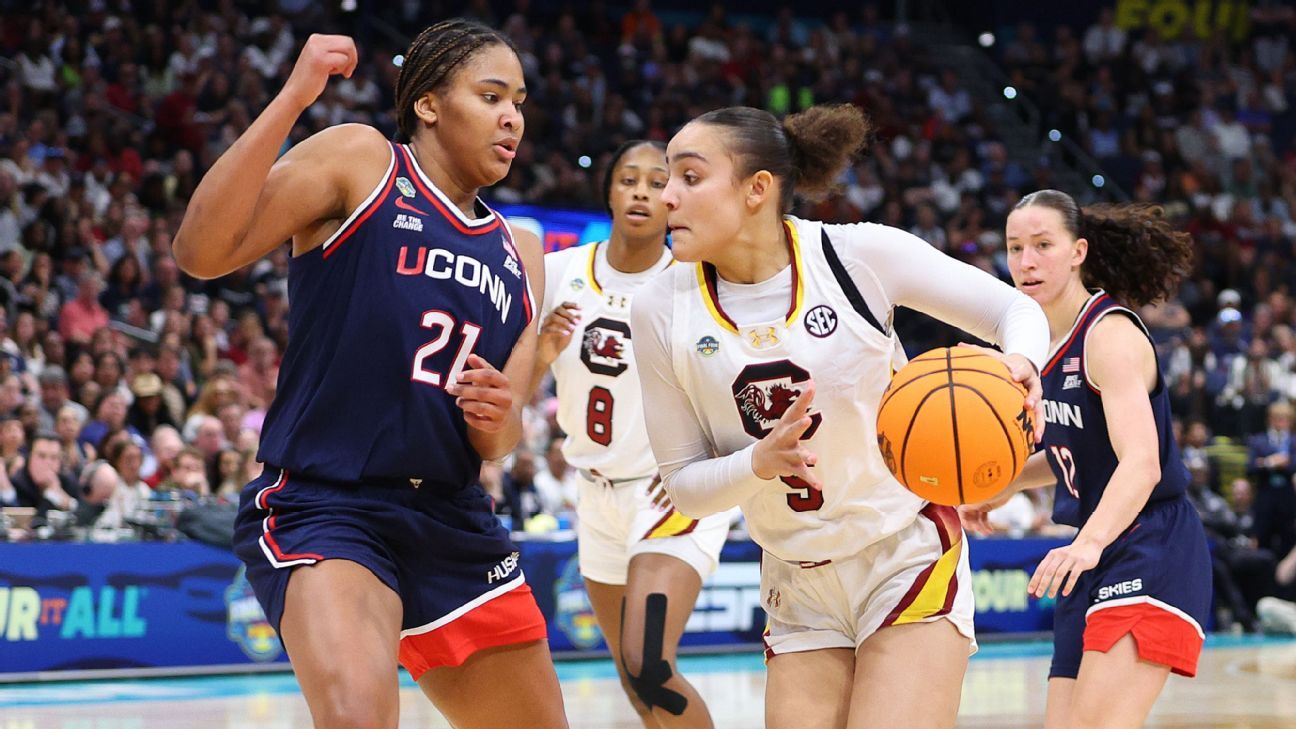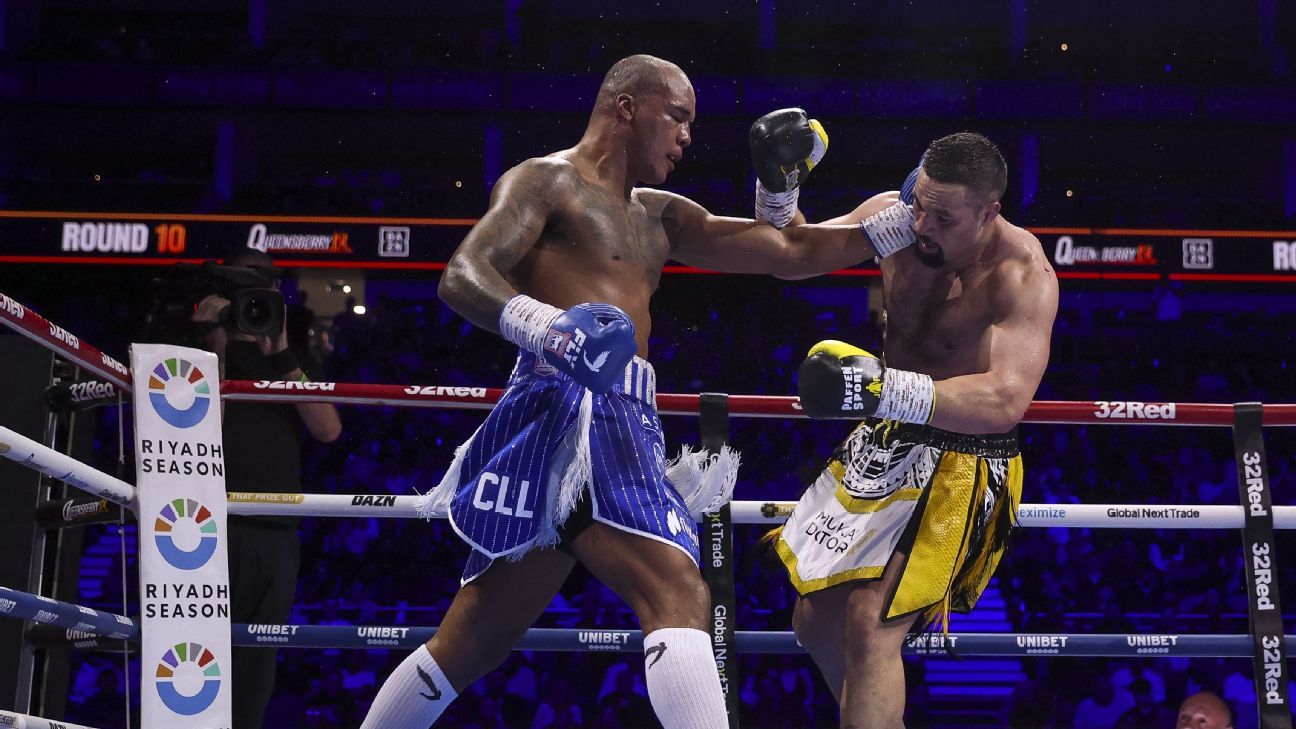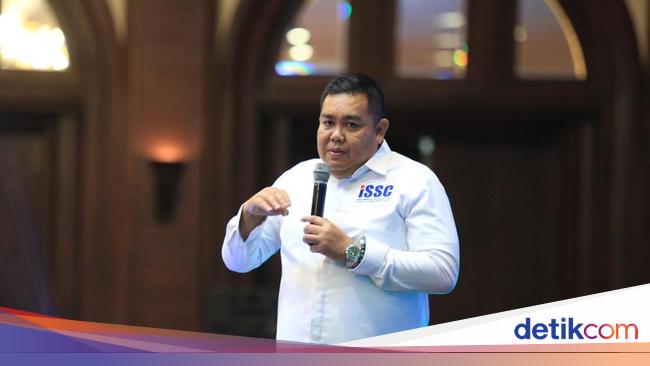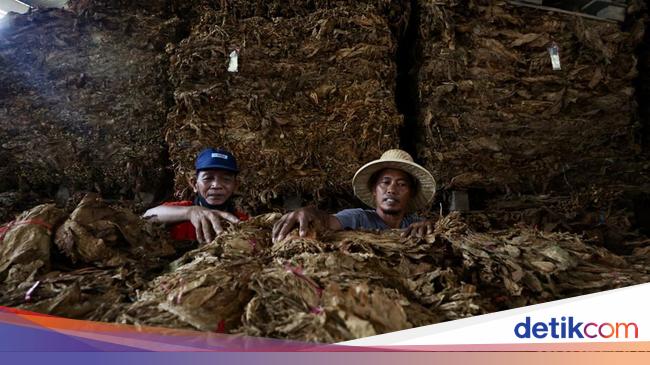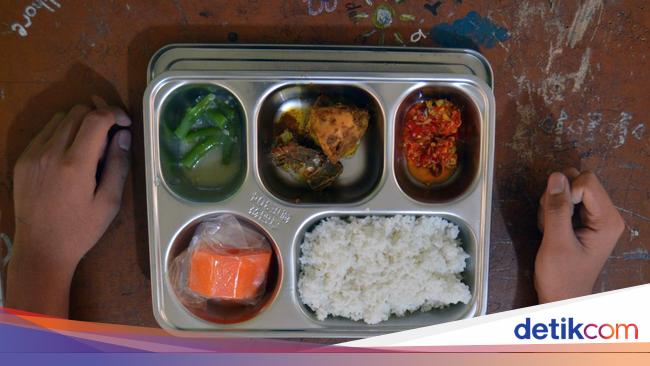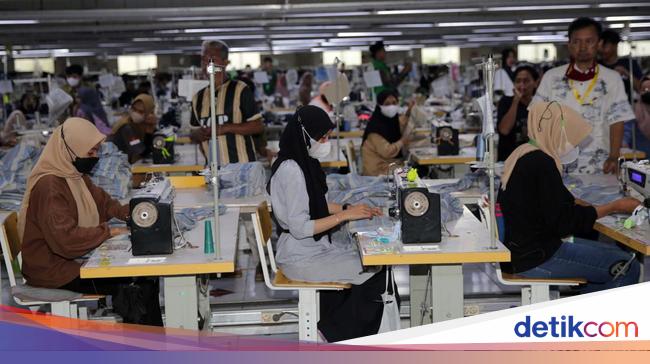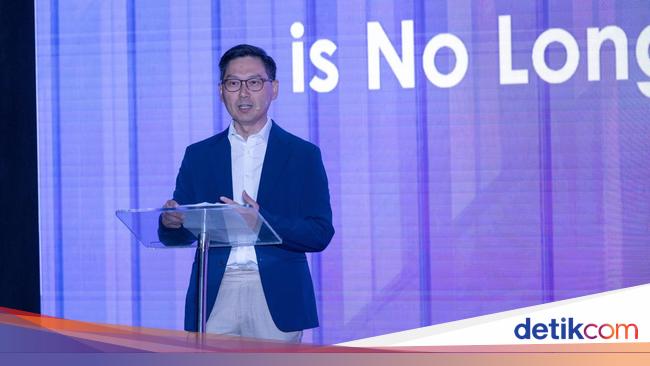
Ben SolakOct 28, 2025, 06:25 AM ET
- Ben Solak joined ESPN in 2024 as a national NFL analyst. He previously covered the NFL at The Ringer, Bleeding Green Nation and The Draft Network.
It's good to be back.
The Tuesday column has been quiet since Week 1, as I took my paternity leave following the arrival of my second kid. She's real stinkin' cute, and her big sister loves her (if perhaps a little too enthusiastically at times). Thank you to everyone who sent well wishes.
At first, it was easy to spend time pushing strollers and changing diapers while the 2025 NFL season whisked on. But after six weeks of keeping my mouth shut -- a truly Herculean task for an NFL analyst during an NFL season -- I'm bursting at the seams with takes. I want to talk about that Cardinals implosion against the Titans, and Jaxson Dart's debut against the Chargers, and that ridiculous 40-40 overtime finish between Green Bay and Dallas. But there are only so many column inches.
I shaved it all down to my four biggest, most urgent takes from two months of NFL silence. Then I submitted my trade deadline wish list, answered some of your questions and ended the column with some Next Ben Stats. Let's hit the ground running.
Jump to a section:
The Big Thing: Takes I can't wait to discuss
Four trades that need to happen
Mailbag: Answering questions from ... you
Next Ben Stats: Wild Week 8 stats

The Big Thing: Four first-half takes I can't wait to talk through
Every week, this column will kick off with one wide look at a key game, player or trend from the previous slate of NFL action. What does it mean for the rest of the season? This week, we looked at four things that have been on my mind since my last column -- way back before Week 2.
![]()
Caleb Williams is fine ... everybody relax
I understand why Bears fans are frustrated. When Williams was selected with the first pick in the 2024 NFL draft, he came with glorious fanfare. Yet to this point in his career, he has been dramatically outproduced by the second (Jayden Daniels) and third (Drake Maye) picks. On film, they've outplayed him, too. We get consistent Sunday reminders of what could have been.
In that frustration, the ability to calibrate to Williams' play has been lost. Because he has been relatively disappointing, that must mean he is outright disappointing. I strongly disagree. He has been good this season. We haven't seen the things that were promised -- stupendous, life-changing, franchise-resurrecting play -- but he hasn't been bad. Not even decent; better than decent. He has been good!
By EPA per dropback, Williams is just about average for the season at 0.03. For perspective, Baker Mayfield -- whom some were calling an MVP candidate through September -- is at 0.05. Daniels is at 0.02, as is Jaxson Dart. Put another way: If Williams were performing last season as he is this season, Bears fans would likely feel encouraged and excited to see his development.
Williams suffers a little in success rate -- 42.1%, below league average -- which is a good proxy for the down-to-down consistency of the passing game. But he excels in explosive pass rate at 17.8%, seventh highest among all quarterbacks. This is intuitive. The Bears' passing game has felt dangerous but highly volatile through eight weeks. Some of that belongs to Williams, who has had bad accuracy sprays on key downs targeting easy routes. The end-of-game miss to DJ Moore in the back of the end zone Sunday against the Ravens is a great example.
— Good Clips (@MeshSitWheel) October 27, 2025Of course, this is a disagreement in chemistry more than a physical deficiency. Williams wants Moore to keep working across the end line; Moore stops at a landmark and covers himself with the linebacker in front of him. Some of the perceived Williams inconsistency belongs to his lack of chemistry with his receivers (namely Moore, going back to last season) -- and that is a shared burden. It doesn't fall on Williams alone.
Another chunk of the herky-jerkiness of Williams' play belongs to coach Ben Johnson and the nature of the Bears' passing game. Chicago is sixth in run rate over expectation. As a team, it is seeking a consistent ground game to set up an explosive passing attack.
That philosophical choice isn't just to protect Williams but also to protect the offensive line. Since the Bears flipped left tackle from Braxton Jones to Theo Benedet in Week 6, they're third in run rate over expectation. In that same three-week span, their designed rollout percentage of 16.3% is also third. They're running the football, trying to move the pocket and insulating their young left tackle, and they're asking Williams to make bigger downfield throws than are required of other quarterbacks.
This isn't a bad approach -- in fact, it's smart. It plays to Williams' strengths (arm talent, throw on move) while concealing team weaknesses. But it means Williams' numbers and lowlights look worse than those of other young quarterbacks (such as Bo Nix and Daniels) who are given more underneath opportunities.
Often, when a team has such a high-profile quarterback as Williams, all of its decisions -- playcalling, game management, personnel moves -- get filtered through the QB. It's an easy trap to fall into, but it's rarely accurate. When I watch the first half of the Bears' season, I see Johnson working to protect his offensive line more than his quarterback. He knows he can't play in consistent dropback situations.
I see a frustrating backfield, too. D'Andre Swift, who was so hot entering Week 8, missed an easy read for a touchdown run on the first drive (which ended in a field goal) and blew a couple of pass protections, one of which created an intentional grounding penalty. Even with the considerable improvement of the Bears' running game the past few weeks, Williams is still facing an average third-down distance of 8.7 yards -- second longest in the league.
Those third downs aren't just long because of an inconsistent running game. The Bears are also one of the most penalized offenses in football. Again, some of that belongs to Williams, who runs the operation at the line of scrimmage. But not all of it.
Williams has plenty to improve. He must be more accurate on layup throws, which he is obviously rushing and overthinking. His hurried releases stem from a rookie season in which he held the ball far too long and took too many bad sacks. But notice the growth from Year 1 to Year 2. He has halved his sack rate, from 10% in 2024 to below 5% this season. The more he's able to trust his pass protection, the smoother these throws will become.
In the meantime, here's a reminder of what he is capable of doing. This is not merely a great throw, but a spectacular one -- one that maybe six or seven quarterbacks are able to pull off. It's dropped, though, and another potential touchdown drive ends in a field goal attempt.
— Good Clips (@MeshSitWheel) October 27, 2025It might seem like Williams is destined for the same path as Kyler Murray or Trevor Lawrence -- a first-round pick talented enough to get a big second contract but not consistent enough to ever win with that cap weight hanging around his neck. We might eventually end up there. But even Murray and Lawrence were not and are not as physically talented as this. As such, I have an alternative career arc comp to make: Josh Allen.
Through Allen's first two pro seasons, he had an off-target rate of 23.5%. Williams is at 21.3%. Like Williams, Allen was clearly physically capable of making all the requisite throws. But he was excitable in the pocket, his mechanics vacillated from throw to throw, and his shot selection was high difficulty. The lightbulb went on for Allen in Year 3 under Brian Daboll -- and after plenty of private offseason work on his mechanics. The lightbulb can come on for Williams just the same, if he does the work, and the football-consuming public gives him the time.
![]()
We acted like the Vikings' Sam Darnold decision was easy ... it wasn't
The 2024 season was easily the best of Darnold's career. But it ended on a sour note. In Week 18, Minnesota lost the NFC's No. 1 seed to the Lions in a 31-9 defeat; it was then booted from the playoffs by the Rams 27-9 in the wild-card round.
Of Darnold's 18 starts last season, he had only three games with a success rate below 40%, two of which were the above losses. He had only two games with a EPA per dropback below minus-0.5 -- again, those two losses.
When season turned to offseason and contract time came around, the limits on Darnold seemed accordingly obvious. He'd been pressured heavily in those two losses to NFC contenders -- rates of 48.9% and 52.0%, respectively. Would he always wilt under pressure? Would he never beat the toughest defenses under the brightest lights?
At the time, I thought the Vikings should re-sign Darnold to a modest deal. If he beat out J.J. McCarthy in camp, great. The Vikings would have a trade chip in McCarthy and a solid veteran quarterback, still only 28 years old. If McCarthy beat him out in camp, great. The Vikings would have a trade chip in Darnold and a solid rookie-contract quarterback.
Given the uncertainty around JJ McCarthy (health + rookie) and the fact that Darnold will likely be in a worse environment if he goes elsewhere, it really feels like the optimal outcome for Minnesota + Sam is extending Darnold on Baker-sized deal.
— Benjamin Solak (@BenjaminSolak) January 14, 2025But after those two ugly nationally-televised, high-stakes defeats, the public response was clear and unanimous: no shot. It made no sense to pay Darnold with McCarthy waiting in the wings to take over on a cheap contract. Turn the keys over now.
I don't bring this up to victory-lap a good take. In fact, the second half of that tweet -- that Darnold would almost certainly land in a worse offensive system, and his play would decline -- is a total miss. When the Seahawks eventually signed Darnold after trading Geno Smith away, I panned it as one of the offseason's worst mistakes: a clear downgrade at quarterback for not much cap savings. Wrong! Very wrong!
But Darnold's departure from Minnesota reminds us about risk and uncertainty in the NFL -- how hard it is to get the bonafide "Guy" at quarterback, and how easy it is to fool yourself that the next Guy is bonafide just the same.
Minnesota had the bird in the hand. Not a Patrick Mahomes or a Lamar Jackson, of course -- but as far as a team can be certain about these things, the Vikings were certain they could put a winning offense on the field with Darnold. Get left tackle Christian Darrisaw back, and they could have made a real run at this thing in 2025. But the plan had been to use McCarthy's cheap quarterback contract to spend on the rest of the roster. Extend defensive backs Byron Murphy II and Joshua Metellus. Sign Will Fries and Ryan Kelly on the offensive line. Sign Javon Hargrave and Jonathan Allen on the defensive line.
Those free agents, along with McCarthy, were the two birds in the bush. We know that early drafted rookie quarterbacks can bust in spectacular fashion. We know that big free agent contracts can fail spectacularly. (Maybe the Darnold deal would have!). But Minnesota ran to the greater uncertainty anyway.
It was a defensible move, but it invited so much risk -- not just that McCarthy was good, but that he would return from his knee injury healthy. And that the money saved at quarterback and spent elsewhere would actually improve the roster. Consider the Harrison Phillips trade, in which the Vikings jettisoned their best defensive tackle from last season this past August; the run defense would surely love to see Phillips back now, wouldn't it? Consider the Adam Thielen trade -- a future fourth-rounder spent to insulate the receiving room against three games of a Jordan Addison suspension. Thielen has five catches this season.
Minnesota didn't make these mistakes because it let Darnold out the door. And the book is not shut on McCarthy, who has just two starts under his belt. But it's closing quickly, all while Darnold is shredding in Seattle, a totally evolved passer from his failed Jets era because of the year he spent under Kevin O'Connell's tutelage.
This is just about as bad of a runout as the Vikings could have gotten on their March decision -- a much trickier one than many gave it credit for at the time. It could have gone the other way, but it didn't. And now Minnesota is scrambling for an offensive identity and a return to contention.
1:09
Bart Scott calls out Vikings for QB 'malpractice'
Bart Scott calls out the Vikings for their struggles at the quarterback position and wasting away Justin Jefferson's prime.
![]()
Through the first half of the season, Drake Maye is the MVP
In six of the nine seasons of NFL Next Gen Stats' existence, the regular-season leader in total dropback EPA has won the MVP. The current leader in dropback EPA is ... Colts QB Daniel Jones, by a point. But just behind him -- and ahead of him before Jones got to play the Titans for the second time this season -- is Maye, the Patriots' second-year QB.
Of course, MVP should not be decided by one number. But one of the main reasons Maye has so much dropback EPA is because his running game constantly puts him in difficult spots. On non-QB runs this season, the Patriots are averaging 3.8 yards per carry (26th) and have a 35.3% success rate (30th).
Compare that running game, and the effect it has on Maye, to other MVP candidates like Jones or Cowboys QB Dak Prescott. On average, Maye faces 7.6 yards to go on third down (the league average is 7.5). Prescott has the third-shortest third downs at 6.8 yards; Jones is second at 6.5. Yet on third and fourth downs, Maye is second in the league in EPA per dropback and seventh in first down/touchdown rate.
It is critical to understand just how much Maye is carrying here. Detractors highlight a soft schedule of opposing defenses. But in obvious pass situations, there is no quarterback playing better. On plays with an NFL Next Gen Stats pre-snap pass probability of 75% or higher -- plays in which the defense is expecting pass, and dialing up blitzes and coverage rotations and other shenanigans -- Maye is first in EPA per dropback, second in success rate and second in passer rating. Absolute nails.
This comes with a receiver room that, even if it's better than expected, clearly is not the loadbearing wall of the passing attack. As expected for a Josh McDaniels-led offense, the Patriots spread their targets around. Stefon Diggs leads the team with 50 targets, but Hunter Henry (36), Kayshon Boutte (30), Mack Hollins (23) and DeMario Douglas (23) are not far behind. Diggs was a WR3 in Houston last season, and the 31-year-old was available for almost two weeks in free agency before the Patriots signed him. Boutte and Douglas are both sixth-round picks.
All have played great and deserve credit, Diggs especially. But when Brock Purdy led the league in passing EPA in 2023, his All-Star supporting cast made it tough to credit him with MVP votes. No such concern exists with Maye.
The offensive line? Put the running game struggles aside, and Maye is 10th in the league in quick pressure rate, which speaks to a porous offensive line. Maye still needs to improve in his sack avoidance; his sack-to-pressure ratio is 24.8%, up there with quarterbacks like Carson Wentz, Cam Ward, Jalen Hurts and Dart, but this passing game is certainly not buoyed by the offensive line, either.
Often, the MVP is handed to the quarterback of the team that won the most games. Fourteen of the past 15 MVP winners have been quarterbacks, and 11 of them from the top seed of their conference. This is an unfortunate consequence of the ever-putrefying state of quarterback discourse, in which any passer with 300 passing yards must have played well, and certainly the winning quarterback outplayed the losing one in any given game.
If we wrest the conversation away from wins and return it to value, we can take a more honest look at which players have truly been the most precious to their teams and can introduce deserving players into the conversation. Players like Prescott and Justin Herbert, who are playing the best football of their careers for imperfect teams stuck around .500. Players like Jaxon Smith-Njigba and Jonathan Taylor, who are destined to never win this award because they don't play quarterback, but whose quarterbacks would never look so "valuable" without them.
For now, Maye might fit the traditional argument. He's among the league leaders in dropback EPA and is piloting the 6-2 Patriots in the race for the No. 1 seed. But Maye will be very high on my (fictional) MVP ballot when the season ends not for those reasons -- but rather for how much he's doing with how little he has at his disposal. What a valuable player.
![]()
We need to celebrate one Colts guy I never see mentioned
This summer, when I spoke to Colts head coach Shane Steichen in training camp, we talked about the things you would have expected. The Jones vs. Anthony Richardson Sr. training camp battle. How to prepare the offenses differently for those two passers. How to split training camp reps. And when we pivoted from the quarterback, other conversation points were what you'd expect, too. The readiness of rookie tight end Tyler Warren. The wide receiver rotation.
I brought up the offensive line at the end. It wasn't a big story outside of Indianapolis, but the departures of Kelly and Fries left two sets of big shoes to fill, and the Colts were turning to young, middle-round draftees Tanor Bortolini and Matt Goncalves to fill those spots. When I was speaking to Steichen, both were fresh off a preseason game against the Ravens that wasn't exactly stellar for either.
So I asked about the challenges of a first-year center setting protections with two quarterbacks and a college tackle transitioning to guard. Steichen just shrugged and said "Well, we have Tony, so ..."
"Tony" is Tony Sparano Jr., son of the late Tony Sparano. This comment stuck in my head because I didn't rate him as an automatic offensive lineman generator. The great offensive line coaches -- Dante Scarnecchia, Jeff Stoutland, Aaron Kromer -- could conjure up quality starts from late-round backups or develop career busts into solid players. Sparano was a full-time offensive line coach for the first time.
2:38
Rich Eisen: Jonathan Taylor is the NFL MVP right now
Rich Eisen weighs in on the strong start to the season by Daniel Jones, Jonathan Taylor and the Colts.
Well, here we are. Bortolini has been clearly better through eight weeks than Kelly was last season. He is the author of many of Taylor's best runs, and while pass protection isn't the strength of his game, he has improved from Week 1. Goncalves hasn't had as many eye-popping wins as Bortolini, but he doesn't have many eye-popping losses, and that's what you want from a first-year starter. When Goncalves gets the jump on opposing defensive tackles, he ends reps early.
Let's expand the scope. Left guard Quenton Nelson is playing the best ball of his career, which is saying something. Right tackle Braden Smith, whose play fell off after a fraught year last season, has bounced back to form. Left tackle Bernhard Raimann, who signed a massive extension this summer, looks every part the franchise cornerstone on the blindside.
Remember, all five players were drafted by the Colts, and only Nelson was a first-rounder. Hats off to general manager Chris Ballard, but drafting quality third- and fourth-rounders only gets you so far. There's a reason those players are available in the middle rounds. They need development. They found it in Indianapolis under Sparano. The Colts are a historic offense -- 3.46 points per drive would be the best number this century -- and historic offenses are only ever authored communally. It takes a village. The credit never belongs to one man.
But for all of the deserved appreciation for Steichen and Jones, and for Warren and Taylor, I haven't heard much for Sparano and the offensive line that could have ruined this whole operation. But Steichen was never worried. They have Tony, so ...

Four trades that need to happen
Instead of my usual "Second Take" section, I've proposed four trades that should be made between now and the NFL trade deadline on Nov. 4. These make too much sense!
![]()
![]()
Buccaneers address a defensive weak spot
Buccaneers get: Dolphins LB Jordyn Brooks
Dolphins get: 2026 fifth-round pick, S Christian Izien
Brooks was not a member of ESPN's 25 most likely players to be moved, so perhaps I'm wishcasting. But his talents are wasted on the Dolphins defense. The current NFL leader in tackles, Brooks catches plenty of runs that slip through Miami's poor defensive front -- but he's not at his best defending the run. A smooth coverage linebacker with great instincts and field sense, Brooks is one of the few linebackers in the league who can truly be trusted to carry a tight end down the field, or drop into the intermediate middle and not get bamboozled by route combinations or quarterbacks' eye fakes.
Coverage linebackers in their athletic prime are rare and impactful players, and such a player is sorely needed in Tampa Bay. Third-year pro SirVocea Dennis has been the nearest defender in coverage on 35 targets this season, tied for third among all linebackers. He has surrendered 11.7 yards per target, right beside Elandon Roberts, Bobby Wagner and Terrel Bernard for the worst among all linebackers this season. Brooks is at 7.5.
Dennis is more impactful as a downhill blitzer and in run defense than Brooks, but the Buccaneers can afford to give a little from their elite run defense to support their pass coverage. By success rate, the Buccaneers are the second-best defense in the league against designed runs and 21st against dropbacks.
Brooks signed a solid three-year, $26.26 million deal with the Dolphins in the 2024 offseason, but the signing bonus was relatively small. They restructured his deal last week, converting $4.06 million of salary into a signing bonus and avoiding a void year to prorate it as aggressively as possible. That's a move that could indicate an incoming trade (converting salary into signing bonus makes Brooks' 2025 cap hit smaller for the acquiring team), but it could also indicate the Dolphins are keeping him (as they just guaranteed him more cash and would still need to pay that should Brooks get traded). Who knows! It's noteworthy either way.
Tampa Bay general manager Jason Licht tends to stay quiet at the deadline, but the need at LB -- both short- and long-term -- might be too big to ignore.
I threw Izien into the deal -- he has played only six defensive snaps this season but held up well when thrust into the starting lineup last season. The Dolphins need safety help opposite Minkah Fitzpatrick and would likely start Izien right away.
![]()
![]()
Eagles get creative in the secondary
Eagles get: CB Ja'Quan McMillian, 2026 seventh-round pick
Broncos get: 2026 sixth-round pick, 2027 sixth-round pick (can become a fifth on playing time conditions)
With second-year studs in Quinyon Mitchell and Cooper DeJean, the Eagles are two-thirds of the way to an elite cornerback room. Mitchell, who plays on the outside, has the third-most targets of any corner this season, per Next Gen Stats -- but he's only surrendering a 47.9% completion percentage, which is better than all but two corners. His 6.0 yards per target is well above average as well.
But opposite Mitchell, the other outside spot has been hammered. Out of 76 qualifying corners, veteran Adoree' Jackson leads the league with a 25.7% target rate per coverage snap. His coverage success rate is 66th; his yards per coverage snap allowed is 75th. Teammate Kelee Ringo is only a little better, ranking 53rd in coverage success rate and 48th in yards per coverage snap.
Offseason trade acquisition Jakorian Bennett has been on injured reserve with a pectoral injury and just had his practice window open up. He might be the solution to their outside cornerback woes -- or, perhaps, DeJean is the answer.
DeJean has arguably been the NFL's best slot defender since he was inserted into the lineup in Week 6 last season. An instant sensation for his reliable tackling, ball hawking and veteran-like instincts, there's no doubt DeJean belongs in the slot long-term. But because of the Eagles' CB2 issues, he has spent more time outside this season (25% of his snaps, up from 1.5% last season).
0:34
Why Schefter does not think the Eagles will trade A.J. Brown
Adam Schefter says he wouldn't be surprised if the Eagles make a move before the deadline, but he doesn't expect A.J. Brown to be traded.
Ideally, the Eagles could find an outside corner on the market and keep DeJean inside. But the current candidates -- Deonte Banks, Marshon Lattimore, Cam Taylor-Britt -- aren't that enticing. The best name is Riq Woolen (Seahawks), and I'm not sure he's a culture or scheme fit.
The slot corner market, on the other hand, looks robust. The Titans already moved Roger McCreary for a Day 3 pick swap -- a crazy value for the Rams -- and both Michael Carter II (Jets) and McMillian (Broncos) could be on the market.
I like McMillian best for the Eagles. His replacement is waiting in the wings in Denver, as the Broncos drafted Jahdae Barron in the first round of the 2025 draft. The injury to Pat Surtain II should not affect the Broncos' plans in the slot much, as they have Kris Abrams-Draine waiting in the wings at the outside corner spot. Signed as an exclusive rights free agent last year, McMillian is on an extremely cheap one-year contract, and the Eagles would retain his restricted free agent rights for next season. If he ends up exclusively backing up DeJean in the slot at his current price tag, that's totally fine.
![]()
![]()
Richardson gets a second shot
Vikings get: QB Anthony Richardson Sr., 2026 fifth-round pick
Colts get: 2026 third-round pick, 2027 sixth-round pick (can become a conditional fifth)
I believe two things to be simultaneously true. The first is that McCarthy is not being shadow-benched with a phantom ankle sprain. It doesn't pass the sniff test to me. He started two games and got the hook? He was certainly bad, but no two-game sample is big enough to warrant a benching. I truly believe the Vikings wanted McCarthy to develop this season, and the ankle injury has hindered that plan.
I also believe that the Vikings were serious this past offseason about finding a legitimate QB2 option behind McCarthy. I think they wanted to keep Daniel Jones and kicked the tires on acquiring Aaron Rodgers. And if that was true then, it remains true now. McCarthy has played two awful games and missed more time with injury.
With Carson Wentz now on season-ending injured reserve, the QB2 job is once again open for grabs in Minnesota -- and with it comes a serious opportunity to start.
Who will they target? Kirk Cousins only makes sense for a 2025 playoff push -- there's no real future beyond this season. Russell Wilson has the same timeline but would be miscast in the system.
What about Richardson, the fourth overall pick from 2023 who never panned out for the Colts? Richardson is currently on IR with a fractured orbital bone courtesy of a pregame warmup snafu featuring a wayward resistance band, and he has missed plenty of time in his career with injuries. He brings a similar availability concern to that of McCarthy, and the O'Connell offense -- which has almost exclusively featured pocket passers -- would need to be catered to his skill set.
But O'Connell is, presumably, a Richardson believer. Remember his words to Richardson following a Week 9 game in Minnesota:
— Adam Schefter (@AdamSchefter) November 7, 2024The price (a third-round pick) might look big. But Trey Lance was moved for a fourth-round pick two years into his career, and Richardson has been better and played more at a similar career stage. Plus, there's a fifth-rounder going back.
I don't think Richardson would walk in and immediately start (the Flacco, as we call it). But if McCarthy continues to struggle getting his ankle back to health, then Richardson would get a crack at the starting gig after a week or two of learning the offense. If McCarthy gets back in time, Richardson gives Minnesota another young dart throw at a position where it must hit on a cost-controlled player to keep the rest of the roster paid.
I don't know how bright of a future Richardson has in the league. If he is to find one, it's hard to imagine a better place to rebound than in Minnesota under O'Connell. As evidenced by quarterbacks across the league, almost anything is possible in the right new home.
![]()
![]()
Patriots recoup value on the old regime's draft pick
49ers get: Edge rusher Keion White
Patriots get: 2026 sixth-round pick
White has completely fallen out of favor in New England. He started last season real hot. In the first half of the year, he was 11th among all defensive linemen in pressure rate and 16th in pass rush win rate. He was especially nasty on the interior, ranking 11th in pass rush win rate when lined up as a defensive tackle. He cooled as the season went on, though -- 34th in pressure rate and 25th in pass rush win rate in the back half of the season.
White was far from a perfect player. He freelanced a lot, which made him a liability in run defense. And for all of his pressures, he struggled to come to balance at the quarterback. His sack rate of 1.3% was bang on league average for defensive linemen in 2024. There was a reason for his incomplete play, though. White started his college career at Old Dominion as a tight end and played only two full seasons along the defensive line. Even with his warts, the 2023 second-round pick looked like an ascending player.
Then a new coaching staff came to town, and White got buried on the depth chart behind K'Lavon Chaisson and Harold Landry III at edge, and below Milton Williams and Khyiris Tonga at defensive tackle. Out of 176 qualifying defensive linemen this season, White is 169th in pressure rate. He is dead last in pass rush win rate, as well: 0 wins on 69 rushes.
The talent didn't evaporate overnight. White is clearly at odds with the new regime and needs a new home. What landing spot would work best for a 285-pound tweener who wreaks havoc, occasionally at the cost of soundness?
The 49ers feel like an obvious choice. They ask their defensive linemen to play simple, fast football in one gap -- coordinator Robert Saleh and defensive line coach Kris Kocurek have made so much hay in their respective careers resurrecting off-cast defensive linemen in their system. White would get some time at edge but could also spend plenty of rush downs at defensive tackle, where the 49ers are extremely thin.
White has two years left on his deal and would have the snap counts necessary in San Francisco to recover his lost form and earn a sizable second contract. I have the Patriots receiving draft capital back, but I would not be surprised if they instead pursue Jason Pinnock, a depth safety who might find more starting reps in New England.

From y'all
The best part of writing this column is hearing from all of you. Hit me on X (@BenjaminSolak) or by email ([email protected]) anytime -- but especially on Monday each week -- to ask a question and potentially get it answered here.
![]()
From Chinstrap: "Rank the Caleb Williams QB draft class as it stands today."
Drake Maye
Jayden Daniels
Caleb Williams
Tier break.
Bo Nix
Spencer Rattler (should not have been benched, has been fine this season)
Tier break.
J.J. McCarthy
![]()
From Anthony: "What was your hottest take while you were out on leave that a) still has legs, and/or b) has been eviscerated since you would have made it?"
I firmly believed in late August that starting Jones over Richardson was a mistake. The moment I was proven extremely wrong, I went on a six-week long stroller walk. Chess, not checkers.
![]()
From John: "Any sleep tips for a 26-year-old who is tossing and turning every night because the Bills don't have competent safeties and seemingly have no interest in employing wide receivers who can consistently get open downfield?"
I truly believe the Bills are the NFL's best running team this season, and only when they choose not to commit to that identity does their offense suffer. The "Monday Night Football" loss to the Falcons was one of the most confusing game plans I've ever seen. James Cook could have a Saquon Barkley or Jonathan Taylor-like season if they let him.
0:43
Takeaways from James Cook's nice fantasy game
Liz Loza breaks reacts to James Cook's big fantasy game vs. the Panthers.
Buffalo does not need a pass catcher acquisition at the deadline. If it gets one, fine -- but it should be like last year's Packers and have one of the highest run rates over expectation in the league. The Bills' real need is run defense, where their current personnel is untenable in the back seven -- especially at safety and linebacker. The injury to defensive tackle Ed Oliver, who will be out indefinitely with a torn bicep, makes the issue even more glaring. I would be calling Cardinals GM Monti Ossenfort every single day asking for the price tag on safety Budda Baker.
![]()
From Dylan: "After Week 8, do you think the Broncos should be taken as serious contenders in the AFC?"
No.

Next Ben Stats
NFL Next Gen Stats are unique and insightful nuggets of data that are gleaned from tracking chips and massive databases. Next Ben Stats are usually numbers I made up. Both are below.
![]()
1,091: That's how many receiving yards Chargers tight end Oronde Gadsden II is on pace for in a 17-game season.
Of course, Gadsden won't get a full 17-game season at this pace, since he was inactive for the first two games and has played only six contests. But if he maintains this pace for the Chargers' nine remaining games, he'll end the season with 67 catches for 962 yards -- behind only Brock Bowers, Mike Ditka and Kyle Pitts Sr. on the all-time rookie tight ends list.
Put another way, Gadsden is averaging 4.5 catches for 64 yards through the first six games of his career. Bowers, who set all sorts of rookie records last season, was at 6.2 catches for 64 yards through his first six games.
![]()
5.5%: That's the rate of plays this week in which the offense was in jumbo personnel. It's the fifth-highest rate of any week in the Next Gen Stats database and the highest since the 2021 season.
Jumbo personnel, in case you missed one of the many broadcasts that was extolling its virtues on Sunday, is personnel with at least six offensive linemen on the field. It was all over the place in Week 8. The Texans ran 25 plays with jumbo personnel -- 33% of their snaps! -- and averaged a cool 6.3 yards per play in such sets. The Eagles averaged 7.5 yards per play on their 10 snaps of jumbo, in large part due to the 65-yard Barkley touchdown run it sprang. The Dolphins had 13 jumbo plays against the Falcons, the most of a single game in the Mike McDaniel era. The previous high? Zero.
It's an oversimplification, but we can generally say that the increased reliance on jumbo personnel is a reflection on the state of the tight end position. Take the Dolphins, who were missing tight ends Darren Waller and Julian Hill for this game. Miami never used jumbo before because it wanted to threaten five in the route concept. When that fifth player is TE4, the juice isn't worth the squeeze.
Similarly in Philadelphia, the TE room has been built for pass catching, with undersized players such as Kylen Granson and Grant Calcaterra proving liabilities in the running game in multi-TE sets. Getting offensive tackle Fred Johnson on the field adds value in the run game without really affecting the passing game, as Granson and Calcaterra weren't collecting targets, anyway.
As always, innovation will swing back around. The Bills were the league leader in jumbo sets last season, then they drafted a great blocking tight end in Jackson Hawes and have now largely scrapped the jumbo package. But still, cool to see!
![]()
1%: That's how much win probability was added by Aaron Glenn when he decided to go for a two-point conversion down eight points, from a 6% chance to a 7% chance.
We dedicate so much column space to interrogating analytics-based decisions when they go awry. Time to give them some flowers when they succeed in spectacular fashion.
After scoring a touchdown to cut the Bengals' lead to 38-30 with 7:52 left in regulation, Glenn left his offense on the field to go for two. The reasoning is much more intuitive than you might think. With less than eight minutes left, Glenn can reasonably expect to have one more possession. Maybe there's room for a second, but that's a stretch. So he's left with a choice. Kick the extra point, and he'll have only one chance to win this game. That'd come either in overtime (by scoring the next touchdown and kicking the extra point to force the tie) or in regulation (by scoring the next touchdown, then electing to go for two with minimal time left on the clock).
But if he goes for two, he'll have two opportunities to win the game. He can win it in regulation (by converting on the two-point try, then scoring the go-ahead touchdown as time expires). And he can win it in overtime (by scoring the next touchdown, converting on that two-point try and taking the game to OT).
It feels like a small difference, but for an 0-7 team, taking the risk is especially gutsy and equally admirable. Glenn, who has come under much duress through seven winless weeks, created this win for his team. Kudos to him and quarterback Justin Fields for an emphatic performance.
1:21
Alex Smith blasts Woody Johnson over Jets' dysfunction
Alex Smith calls Woody Johnson "cowardly" for his comments targeting Justin Fields.
![]()
1990. That's the last time a player had five sacks in a game his team lost, which Myles Garrett did Sunday.
It was Derrick Thomas' seven-sack game against the Seahawks, which still stands as the highest sack game in NFL history (since the stat was officially started in 1982). That game ended 17-16, with Seattle scoring a touchdown in the fourth quarter to take the lead over the Chiefs.
The only other instances of a five-plus sack game in a losing effort are a 1986 game from Leslie O'Neal in which his Chargers lost 24-21, and a 1983 Howie Long performance in which the Raiders fell 37-35.
The four different point margins for losing five-sack games in NFL history are minus-1, minus-2, minus-3 and minus-19.

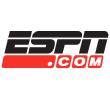 10 hours ago
6
10 hours ago
6


